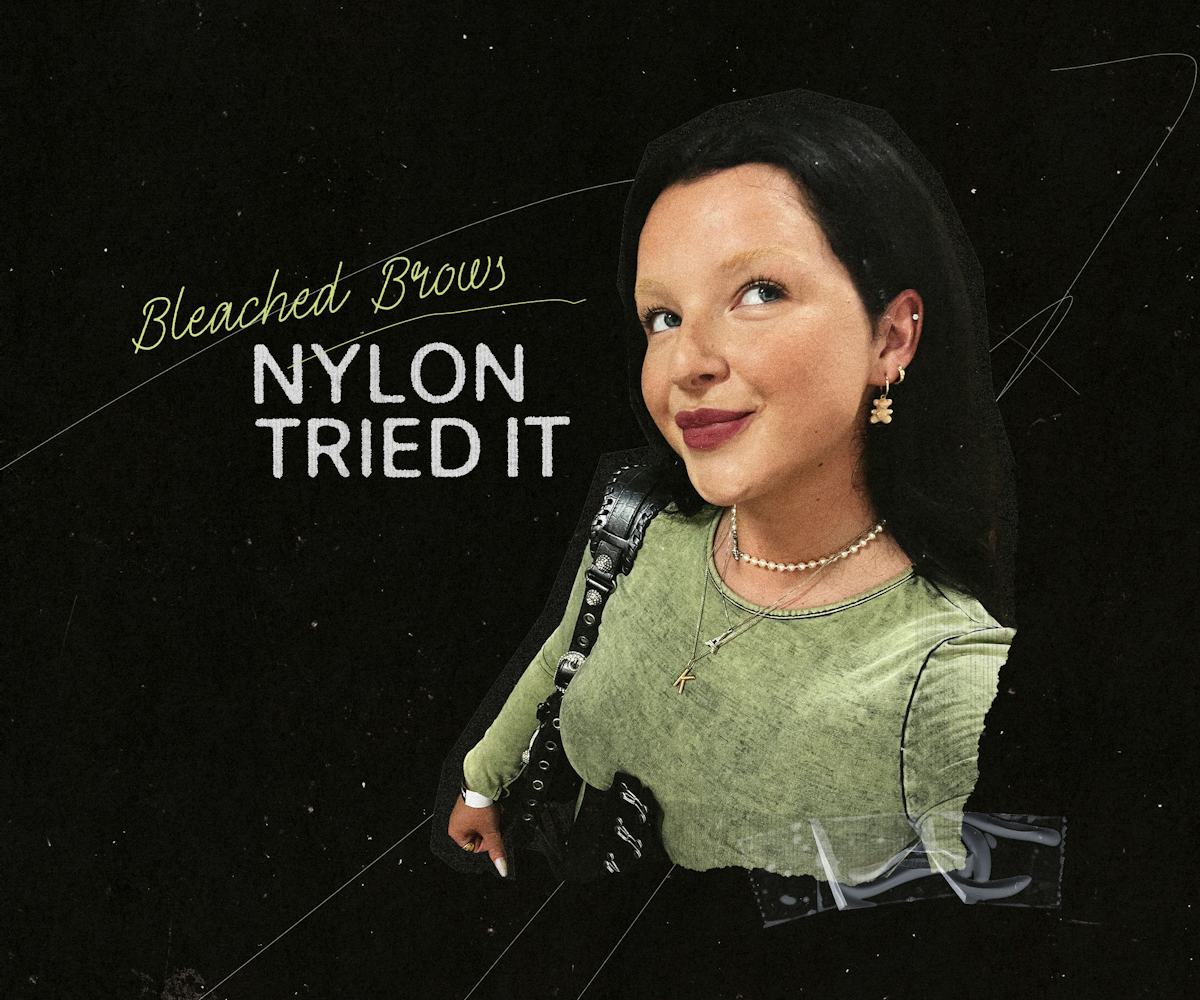In the realm of beauty and self-expression, eyebrow bleaching has garnered increasing attention as a daring aesthetic choice. Individuals often seek to achieve a striking, contemporary look by lightening their brow hairs, which can dramatically alter their facial features. However, a common inquiry that arises in this context is, “How long do bleached eyebrows really last?” To demystify this query, one must navigate through various factors influencing the longevity of bleached hair, the maintenance required, and the dynamics of hair growth.
When embarking on the journey of bleaching one’s eyebrows, it’s imperative to understand that the pigment within hair follicles dictates duration. Typically, bleached eyebrow hair can last anywhere from three to six weeks, depending on individual hair growth cycles, maintenance habits, and the specific products used during the bleaching process. Unlike the hair on our heads, eyebrow hair is generally finer and grows at a slower rate, which can lend a hand to an extended period without looking overly conspicuous as the roots begin to show.
Initially, the bleaching process itself can be undertaken at home or professionally. In either scenario, following the manufacturer’s instructions or the stylist’s recommendations is crucial in achieving satisfying results. At-home kits often include a developer and bleach powder, which work to strip the hair of its natural color. While the prospect of DIY may seem enticing, it comes with challenges, such as the risk of over-processing or uneven application, which could lead to unsatisfactory results. A professional stylist, with their expertise, can ensure a more uniform, subtle base while minimizing potential damage to sensitive hair follicles.
Upon completion of the bleaching treatment, most individuals relish the immediate transformation. However, the primary concern remains: how to preserve that initial vibrancy. The longevity of the appearance hinges greatly on the hair growth cycle. Eyebrows typically undergo a natural growth pattern consisting of three stages: anagen (growth phase), catagen (transitional phase), and telogen (resting phase). The anagen phase, for eyebrow hair, often lasts around four to six weeks. Thus, while the bleached hue may starkly contrast natural hair growth for a short period, this alteration becomes noticeable as new hair emerges.
Moreover, maintenance plays a pivotal role in sustaining the aesthetically pleasing appearance of bleached brows. The application of toners and brow gels infused with color can assist in counteracting any brassiness — a common occurrence post-bleaching due to atmospheric conditions or improper product usage. Regularly attending to this maintenance can notably extend the life of bleach-treated eyebrows. Emphatically, these products can minimize the visibility of regrowth while providing an opportunity for individuals to experiment with various shades, lending versatility to their appearance.
In addition to hair growth considerations and maintenance practices, environmental factors significantly affect the duration of bleached eyebrows. Exposure to sunlight can cause the pigmentation of bleached hair to fade more rapidly. Hence, diligent application of sunscreen, or physical barriers like hats, can help in protecting one’s brows from ultraviolet rays. On the other hand, contact with moisture and chlorinated water, such as in pools, can also lead to premature fading. Therefore, being mindful of swim practices and shower routines aids in prolonging the lifespan of the bleaching.
Another factor to consider is personal hair texture and natural color. Individuals with finer, lighter hair may find that their bleached eyebrows fade considerably slower than those with thicker, darker strands. This variance stems from the premise that darker pigments are often more robust and can overshadow the effects of bleaching. Furthermore, the shade chosen for bleaching can also impact longevity; lighter tones might showcase regrowth more prominently than ashier or taupe-hued blondes.
For those contemplating the decision, understanding the inevitable regrowth is essential. Timely touch-ups can remedy visible roots, typically within four to six weeks. Regular appointments ensure the eyebrows remain consistently on-trend with the latest style or personal aesthetic preferences. Furthermore, it’s crucial to heed the advice of beauty professionals about intermissions between bleaching sessions to mitigate damage to the hair and surrounding skin.
As individuals navigate the world of bleached eyebrows, it’s essential to emphasize that there’s not solely a universal duration for every person. While one may find delight in a more extended window of captivating brows, another might need to visit the salon sooner than anticipated due to specific hair characteristics or environmental exposures. Consequently, the critical takeaway is to embrace one’s unique attributes and allow for flexibility in expectations regarding maintenance and regrowth.
In conclusion, while bleached eyebrows can boast a life expectancy of approximately three to six weeks, multiple variables can influence this timeframe. Personal hair characteristics, diligent maintenance, environmental safeguards, and timely touch-ups serve as imperative components in navigating the realm of bleached brows. Ultimately, the new aesthetic can yield stunning results, encouraging individuals to embrace their creativity and express their unique style with confidence.

